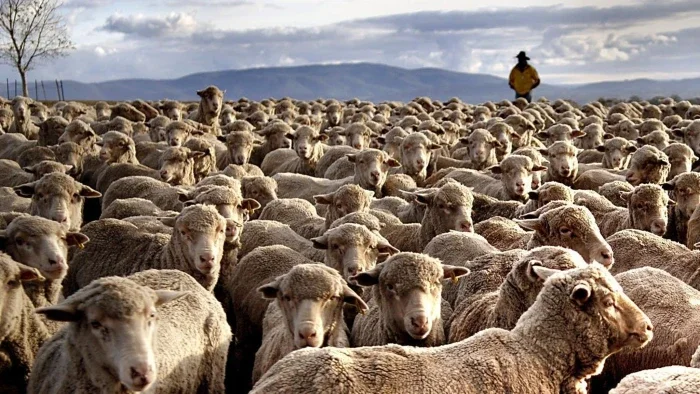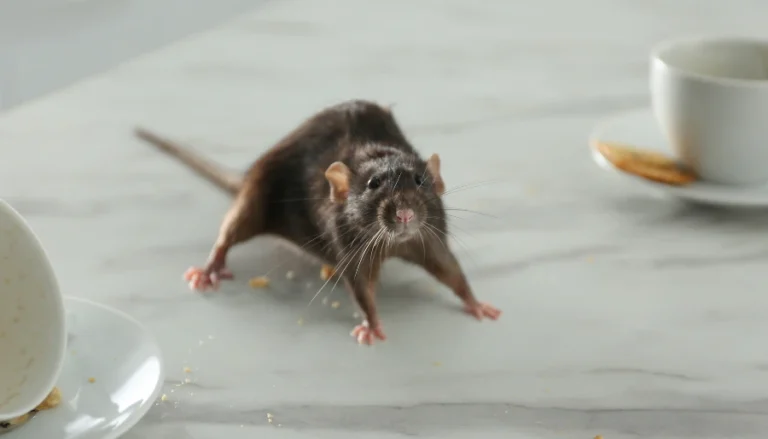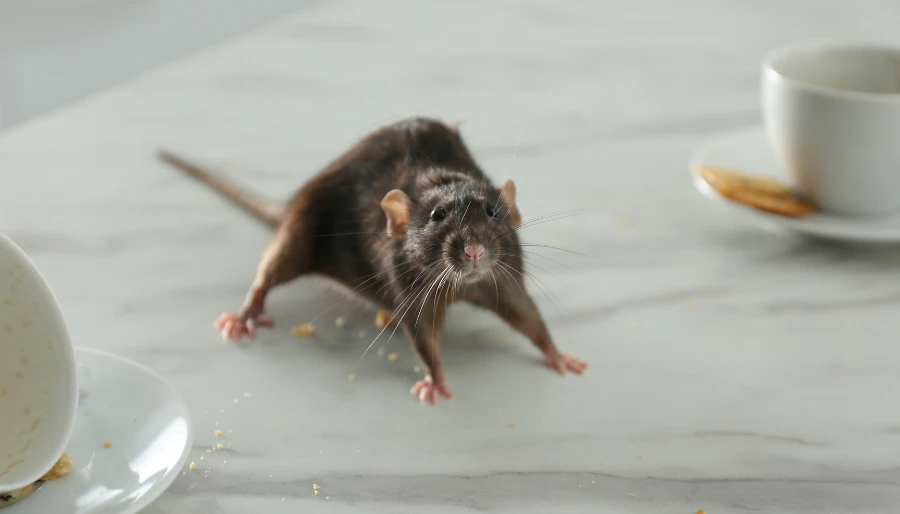In the vast, rolling pastures of Australia, an unexpected crisis looms – a sheep overload. Farmers, once bustling with activity, now face an unprecedented challenge: managing an overabundance of woolly friends. This situation isn’t just about animal welfare; it’s an economic puzzle, an environmental concern, and a test of resilience for Australian agriculture.
Australia’s sheep surplus can be traced back to several years of unusually wet weather, fostering lush grass growth and boosting sheep reproduction. As a result, the sheep population surged to 78.75 million head, the highest since 2007. The ample rain initially seemed a boon, but it set the stage for a crisis as conditions shifted.
The mutton market, a cornerstone of Australia’s agricultural economy, has seen a drastic 70% price drop to just $1.23 per kg. This collapse, coupled with dry, hot weather reducing feed supplies, has left farmers in a precarious position. Many are caught between losing profitability or resorting to distressing measures like culling their flocks or giving them away.
The plight of the farmers isn’t just financial, but it’s also emotional. A recent survey revealed that over 60% of Australian farmers feel less optimistic about the future than a year ago. The struggle is real and multifaceted – balancing animal welfare, economic survival, and mental well-being.

Sheep Farming’s Role in Australia & Beyond
Sheep farming is a linchpin of rural Australian life, contributing around $4.3 billion in 2022. It’s a source of employment, income, and vital export revenue. Australia, being the world’s largest sheep exporter, sends 57% of its lamb and 92% of its mutton abroad. Moreover, sheep grazing plays a role in environmental sustainability by aiding soil conservation and reducing greenhouse emissions.
The crisis isn’t confined to Australian borders. It affects global markets, with Australia exporting record amounts of sheep meat. However, this surge in exports has yet to alleviate the backlog fully, and prices continue to fall internationally.
In response, some farmers are diversifying their production, incorporating crops, cattle, or goats. Others are turning to technology like drones and genetic testing to enhance efficiency. Additionally, forming cooperatives has emerged as a strategy for resource sharing and market access.
More To Discover
The Future of Sheep Farming
Looking ahead, the industry faces a delicate balancing act. Some farmers consider not mating their ewes to curb the surplus, potentially shifting the problem from oversupply to undersupply. The industry’s future hinges on navigating these fluctuations while maintaining sustainable practices.
Australia’s sheep crisis is a complex tapestry woven from environmental changes, market dynamics, and human resilience. It underscores the need for adaptive strategies and sustainable practices in the face of fluctuating market conditions and climatic shifts. As the world watches, Australian farmers are rewriting their narrative, one sheep at a time, towards a more balanced and sustainable future in agriculture.


















